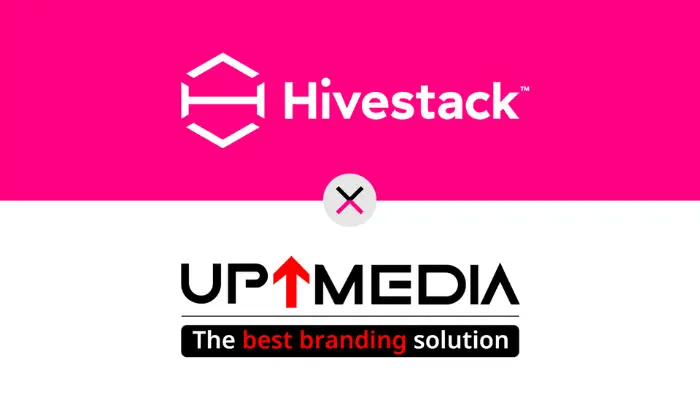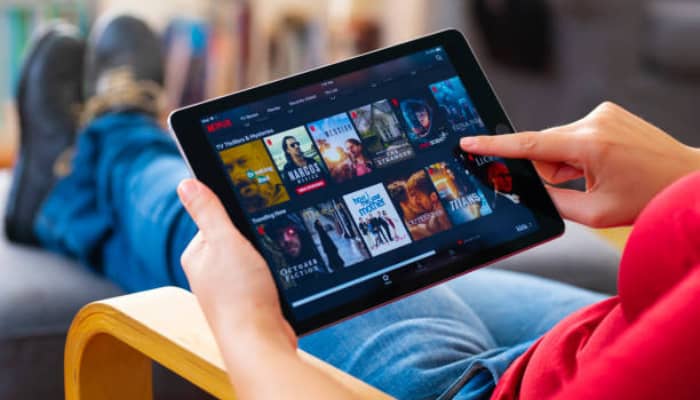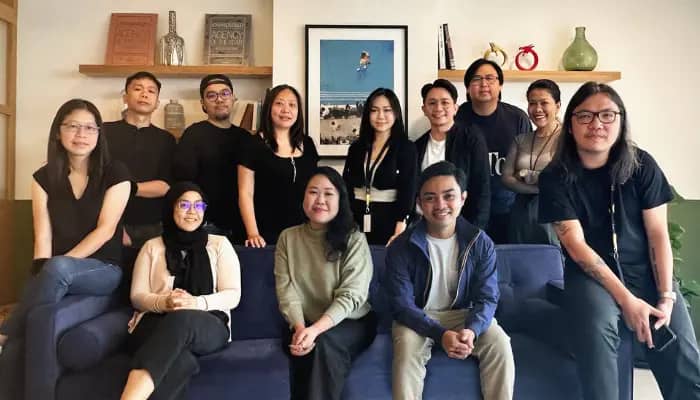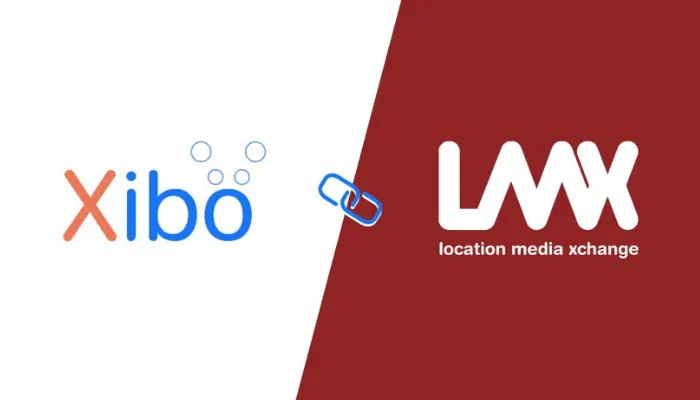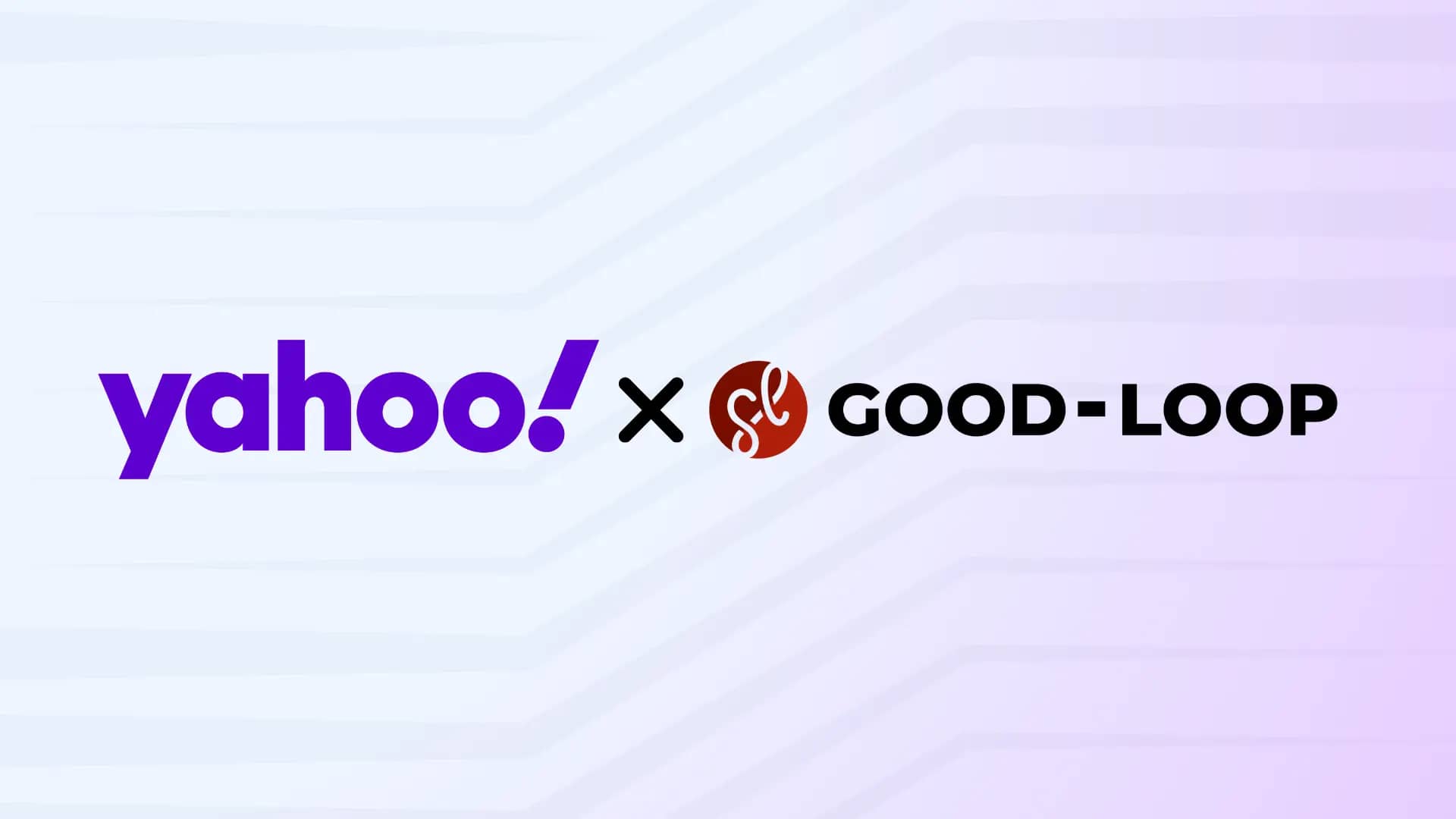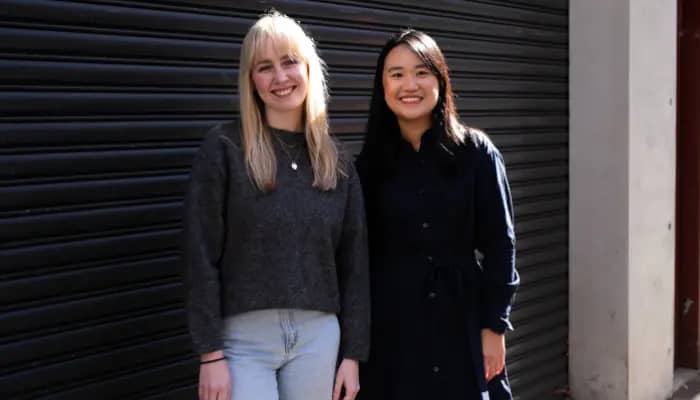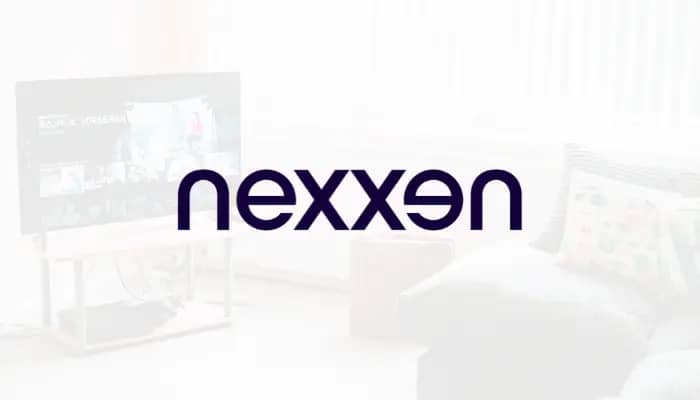Bangkok, Thailand – Hivestack, a global programmatic digital out-of-home (DOOH) advertising technology, has expanded its presence in Thailand through a strategic DOOH partnership with Up Media, a local media owner specialising in elevator screens.
This partnership will involve the integration of 2,000 Up Media DOOH screens located in upscale shopping malls, office buildings, hotels, and residential complexes into the Hivestack supply side platform (SSP). Through private marketplace (PMP) and open exchange agreements, these screens will be made available to local DOOH buyers in Southeast Asia as well as global advertisers.
Hivestack incorporates Up Media’s most recent elevator screens, providing DOOH buyers in Thailand with a new form of audience engagement while also providing Up Media with an additional revenue stream through global “outside-in” purchases.
Speaking about the partnership, Joey Zhou, founder and CEO of Up Media, expressed, “We are excited to collaborate with Hivestack and we are going to scale up our inventory – aiming to triple it in the next 12 months. Exciting times ahead as we are offering advertisers impactful media for high end audiences in the best locations across Thailand.”
Also speaking about the partnership, Jan Harling, CEO of Virtus Asia Consulting, remarked, “I am confident that many marketers with a focus on premium audiences will view the availability of this inventory, now accessible programmatically, as a game-changer in Thailand. This opportunity aligns perfectly with Thailand’s recovery, marked by bustling shopping malls and offices returning to their full-capacity state. It promises a significant shift in the landscape of impactful media opportunities.”
Meanwhile, Matt Bushby, managing director ANZSEA, Hivestack, said, “It’s been an incredible journey for us in Thailand with the amount of growth we’ve achieved with our partners. We’re so proud to be building the largest DOOH inventory network with the addition of Up Media’s elevator screens, and are proud of the large number of successful brand campaigns we have under our belt already in the region.”
He added, “Our partnership with Up Media comes at an exciting time for our business as we onboard more screens in different formats across Thailand, located in Bangkok, Chiang Mai, Chiang Rai and Phuket.”

